The World's Most Expensive Car Hauler

This is CVN-76, a.k.a. the Ronald Reagan. It is a true multi-role ship. Today, it hauls cars, to keep them off I-5.
The ship costs new anywhere between $4.3 billion and $6 billion (accounts differ, assume the $4.3 b are for the stripper version). Total cost of ownership is $32 billion over the carrier’s assumed service life of 50 years, or $1.75 million for the day.
The crew sets you back another $1.40 million a day, for a total daily rate of $3.15 million.
The ship traveled from its home port in San Diego up the West Coast, to 120 Dewey Street, Bremerton, WA 98314-6012, better known as the Kitsap-Bremerton Naval Base. The Ronnie will stay there for a one year maintenance and upgrade (or make that “scheduled dock-planned incremental availability maintenance”) at the Puget Sound Naval Shipyard & Intermediate Maintenance Facility. The crew is coming along.
To spare the Gipper-skippers the 1,264 mile drive from San Diego to Seattle, along with the associated wear & tear, greenhouse gases etc., their cars were loaded on the flight deck. The fighter jets took the air route to an undisclosed location.

Bertel Schmitt comes back to journalism after taking a 35 year break in advertising and marketing. He ran and owned advertising agencies in Duesseldorf, Germany, and New York City. Volkswagen A.G. was Bertel's most important corporate account. Schmitt's advertising and marketing career touched many corners of the industry with a special focus on automotive products and services. Since 2004, he lives in Japan and China with his wife <a href="http://www.tomokoandbertel.com"> Tomoko </a>. Bertel Schmitt is a founding board member of the <a href="http://www.offshoresuperseries.com"> Offshore Super Series </a>, an American offshore powerboat racing organization. He is co-owner of the racing team Typhoon.
More by Bertel Schmitt
Latest Car Reviews
Read moreLatest Product Reviews
Read moreRecent Comments
- Probert They already have hybrids, but these won't ever be them as they are built on the modular E-GMP skateboard.
- Justin You guys still looking for that sportbak? I just saw one on the Facebook marketplace in Arizona
- 28-Cars-Later I cannot remember what happens now, but there are whiteblocks in this period which develop a "tick" like sound which indicates they are toast (maybe head gasket?). Ten or so years ago I looked at an '03 or '04 S60 (I forget why) and I brought my Volvo indy along to tell me if it was worth my time - it ticked and that's when I learned this. This XC90 is probably worth about $300 as it sits, not kidding, and it will cost you conservatively $2500 for an engine swap (all the ones I see on car-part.com have north of 130K miles starting at $1,100 and that's not including freight to a shop, shop labor, other internals to do such as timing belt while engine out etc).
- 28-Cars-Later Ford reported it lost $132,000 for each of its 10,000 electric vehicles sold in the first quarter of 2024, according to CNN. The sales were down 20 percent from the first quarter of 2023 and would “drag down earnings for the company overall.”The losses include “hundreds of millions being spent on research and development of the next generation of EVs for Ford. Those investments are years away from paying off.” [if they ever are recouped] Ford is the only major carmaker breaking out EV numbers by themselves. But other marques likely suffer similar losses. https://www.zerohedge.com/political/fords-120000-loss-vehicle-shows-california-ev-goals-are-impossible Given these facts, how did Tesla ever produce anything in volume let alone profit?
- AZFelix Let's forego all of this dilly-dallying with autonomous cars and cut right to the chase and the only real solution.




















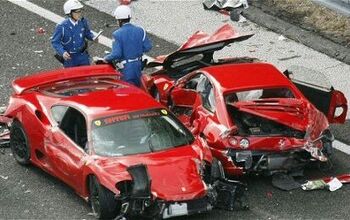
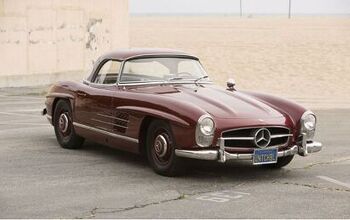

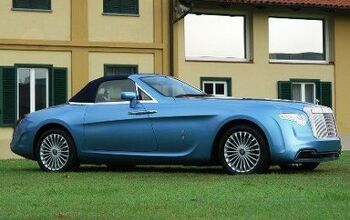
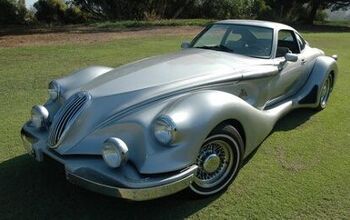
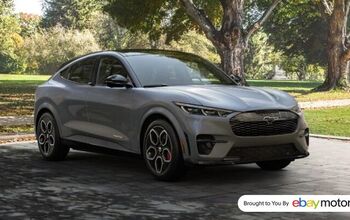
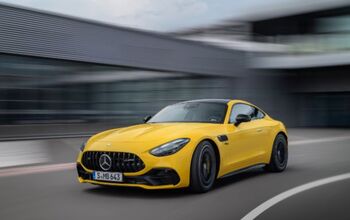
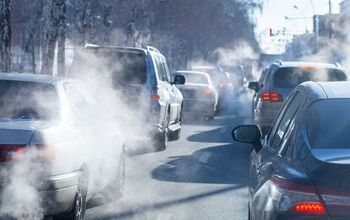
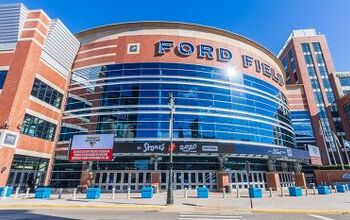
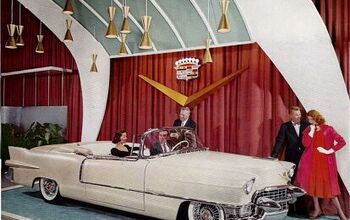
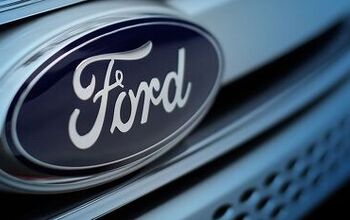
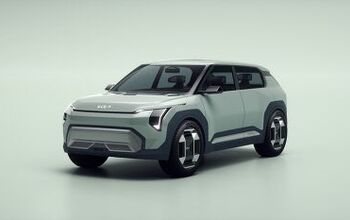

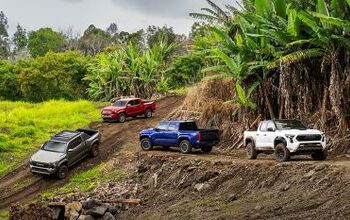

Comments
Join the conversation
I don't think anybody was being particularly snarky. I mean, the boat is going to Washington anyway. Why send it empty? I would hope that the military does this kind of thing more often with as many flights and overseas shipments as they can.
To daveainchina: To answer your question about how we got the cars up there was thast we drove them. The Navy put a ranp from the pier to the ship's elevator #3. We signed our papers on the pier and then drove our cars up this ramp into the hanger bay and then across the hanger bay to elevator #4. When the elevator was full it lifted all the cars up to the flight deck where we were each parked just like at a sporting event. Every car had two chain tie downs applied for safety and we then locked the doors and had to leave the car not to come back until off load several days later. Off load was the reverse of the onload. We drove the cars off. In the 1970 move on the Constellation the hanger bay was for the most part was empty. We set up volley ball courts asnd basket ball courts for our guests to enterain themselves and also showed movies at night. Our two galleys pretty much stayed open 24 hours a day feeding all the people. Since I was a single man back then I was "volunteered" to work extra hours to keep the ship running so that my ship mates who had their families abord could be together. As I said before it was a very pleasent experience on what was normally a very boring ship.